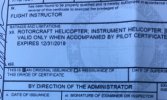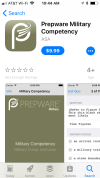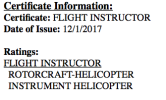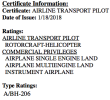There's a lot of truth in this.I actually had to learn some of the academics and theory of becoming an educator...something nobody in the Navy has to do in order to instruct...including the “best” instructors of patchwearers.
A lot of military flight training is "figure it out yourself/why are you fucked up when the others aren't." We do need fleet pilots who can figure shit out for themselves and we also need to wash out the ones who can't, so yeah, that's how it is sometimes. At least compared to Part 61 flight training (aka you have money so let's keep trying).




